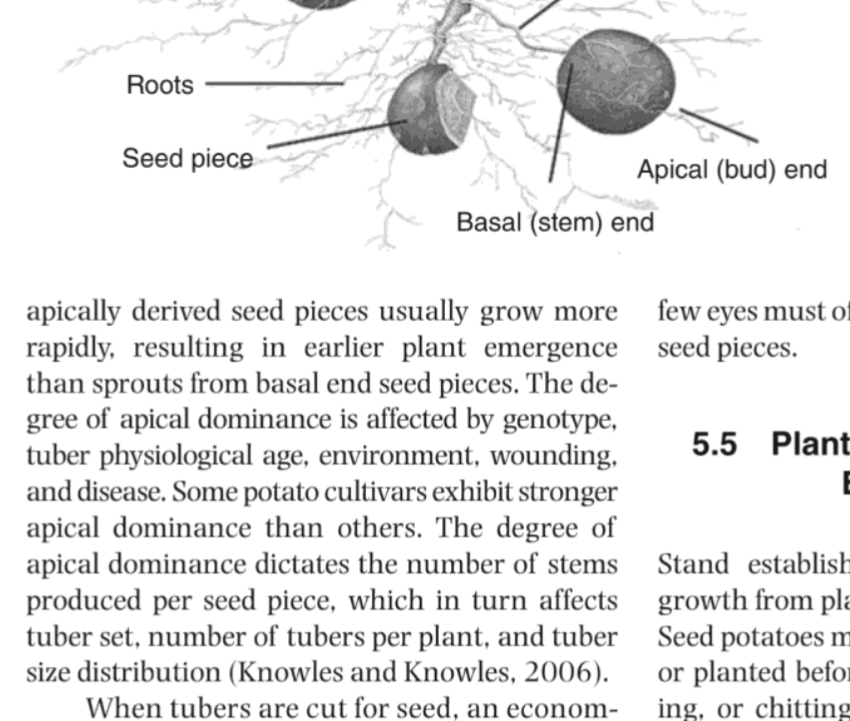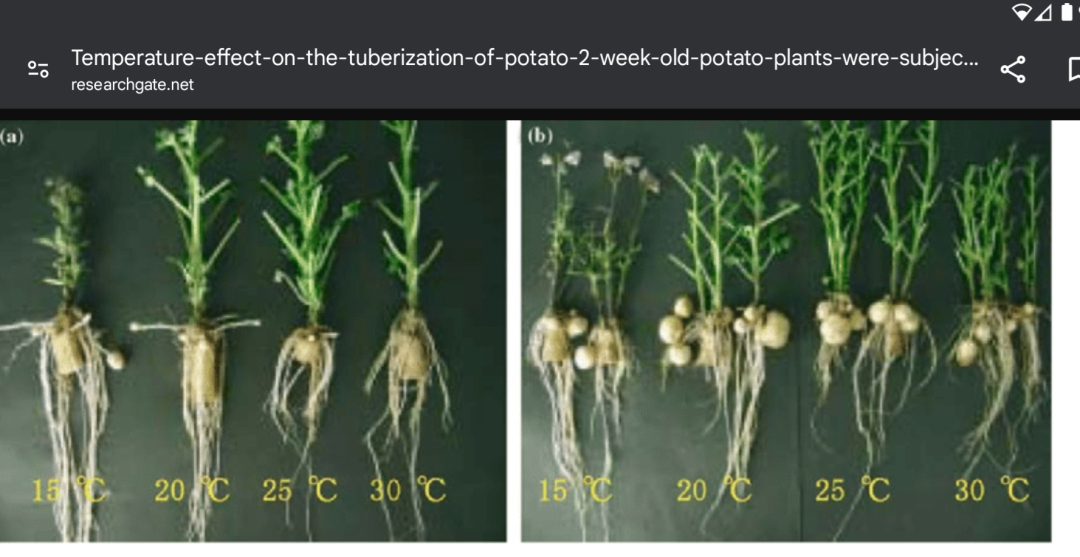Was reading through many comments about cuttings not producing tubers, even in ideal growing conditions. I am frustrated since many of the theories people offer are based on what we know about dahlia tuberization, without answering: what makes Stonehouse sourced cuttings unique? I'm not saying Stonehouse is the culprit, or that all their cuttings are affected, but the incidence of cuttings without tubers even in ideal conditions seems higher with SH cuttings. So let's presume they are doing something different with the same genetic stock. People have said: my cuttings of SH cuttings do fine. Others have said: KA's have always made fine tubers for me. So what might be occurring in one place which is different from another place?
Here is what has been suggested to be different, and I don't agree:
-- use of rooting hormones, a very common practice with only a few brands and essentially the same compound in all
-- day length while rooting, since many growers use the same conditions
-- a tuber inhibitor being added intentionally, now that just seems silly
-- not growing cuttings long enough or planting deep enough, many growers have confirmed they planted all their cuttings in the same, recommended way and seen root balls only selectively
What got me thinking, actually, was my two Bull's Blood plants I grew from cuttings, sourced from Walt Jacenko's daughter. She was selling what was probably dozens of these potted cuttings in late spring and delivering them locally. Out of my two plants, I got one viable tuber. One plant was a small root ball with an inch thick stem growing out.
So I was thinking, what is really unique about these tuberless cuttings is their mass propagation from a smaller stock.
We know there are epigenetic, hormonal and chemical factors that drive cutting development. Whatever may be occurring with tuberless cuttings is not genetic and it happens before the cutting is planted.
Personally I like two theories. One is that mass cuttings are more commonly being taken from apical parts of the plant. A smaller number of plants are having more cuttings taken from further nodes than a farmer would normally cut. I know I'm not revolutionary in bringing up apical dominance. Here's a relevant article:

A refinement on that theory is some combination of light duration, temperature, and type of node being rooted (more apical or basal), which is more common only in mass production, is the sweet spot for no tubers. Effects of slightly different temperature treatments on potato plants in one study (2 weeks vs 4 weeks):

Another theory I like is that cuttings produced en masse are treated for virus in a way that is less common. Other articles cite root mass differences for plants being treated with salicylic acid and cryotherapy. I doubt this was the case with my Bull's Blood, but if I were an early successful cuttings distributor with hundreds shipped I might use virus treatment.
Anyway that's my two cents today. Just re-iterating I don't think anything malicious is happening anywhere.
